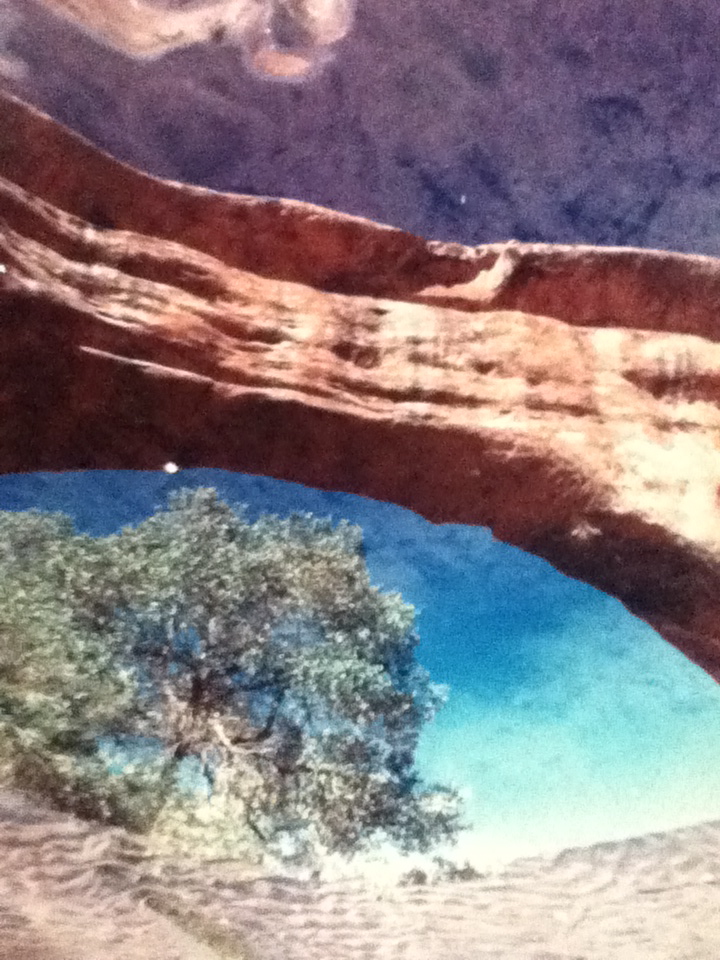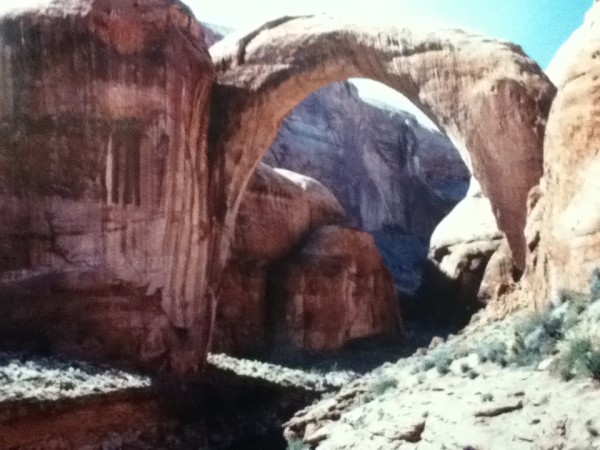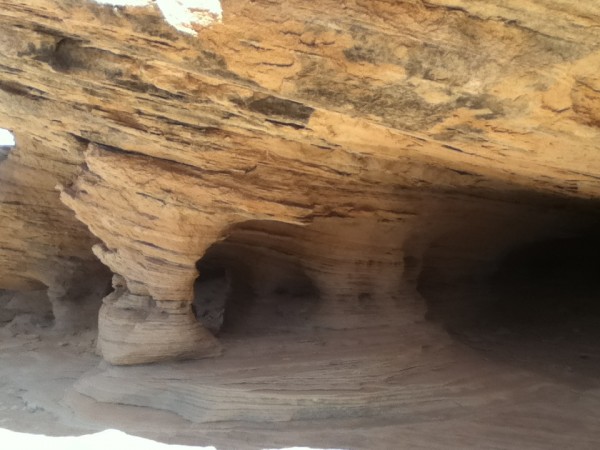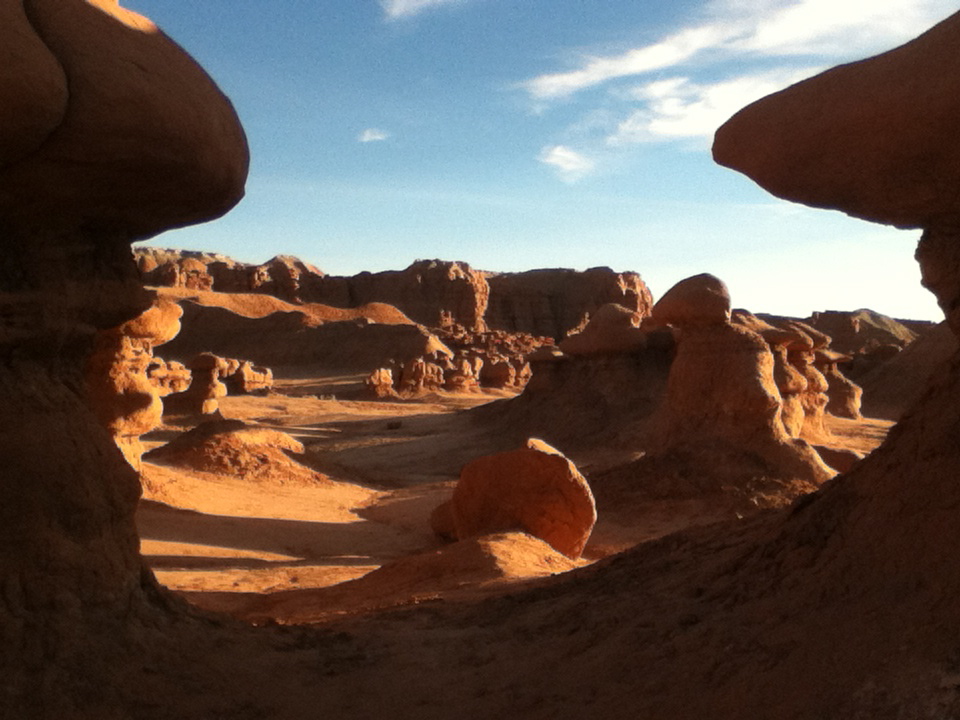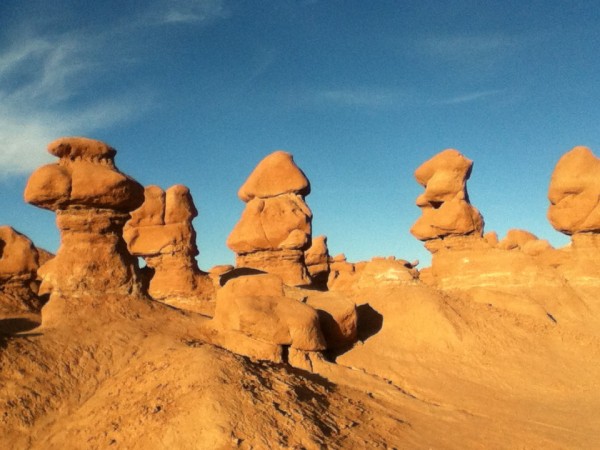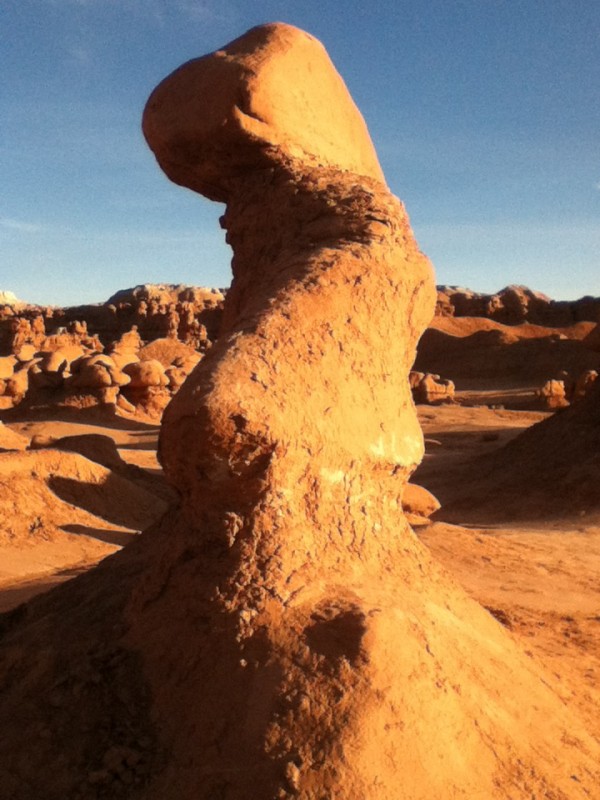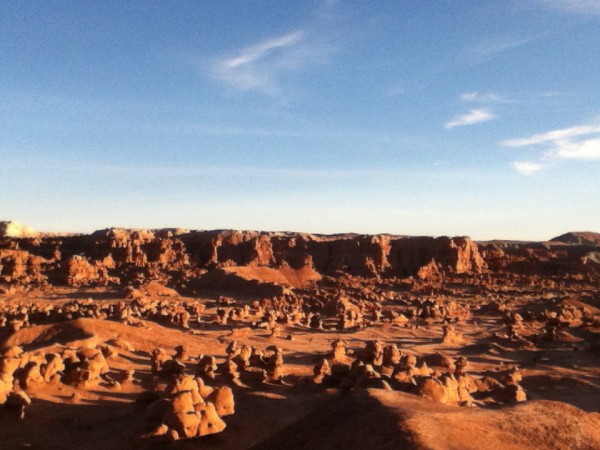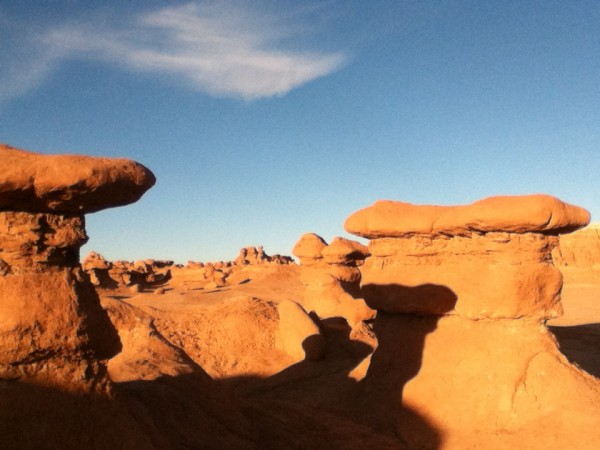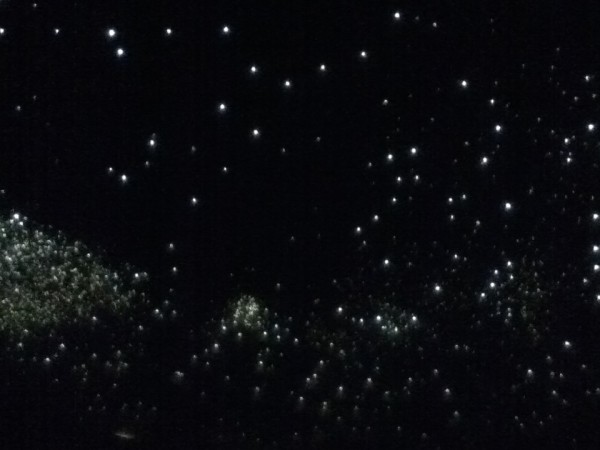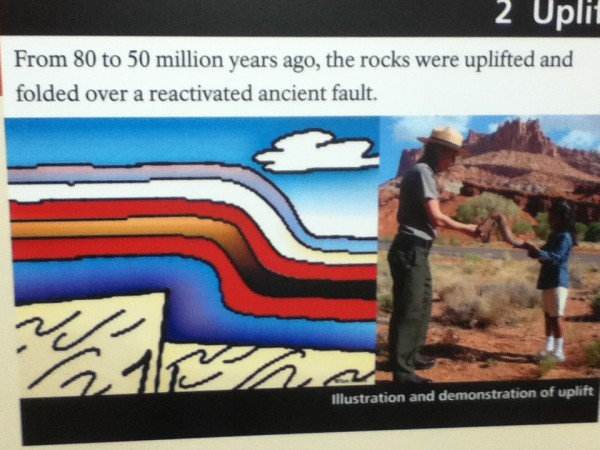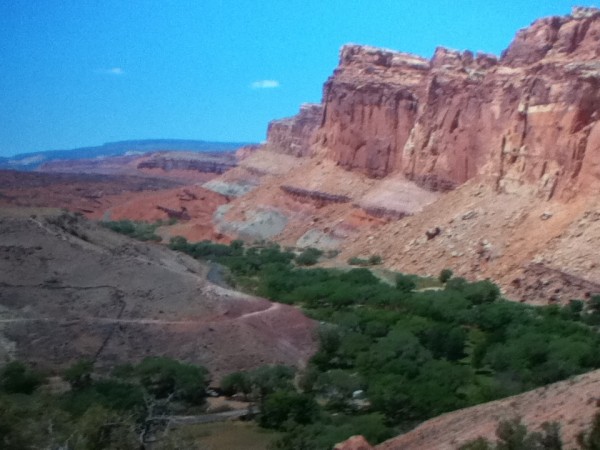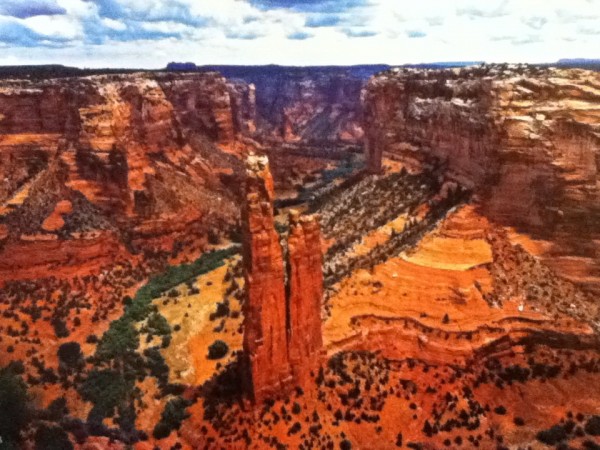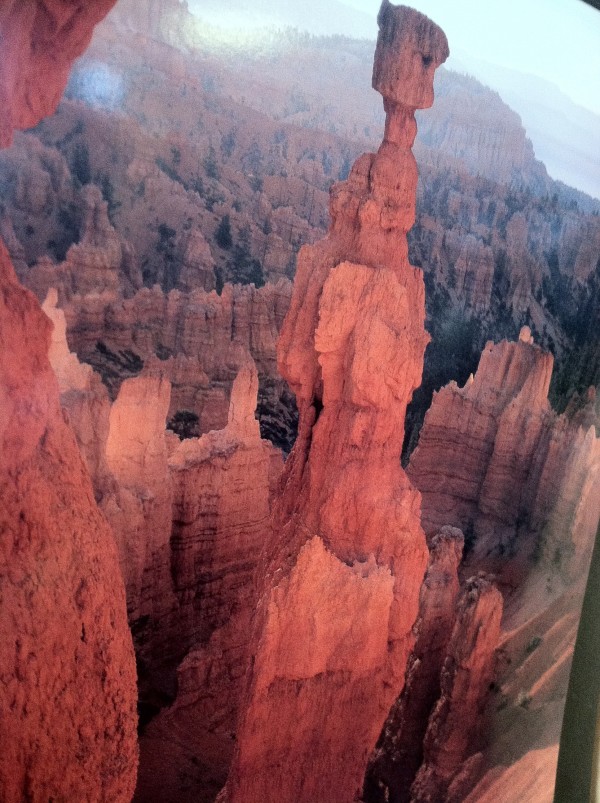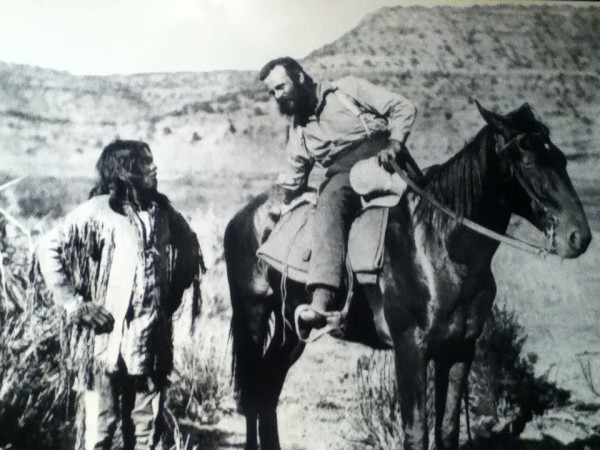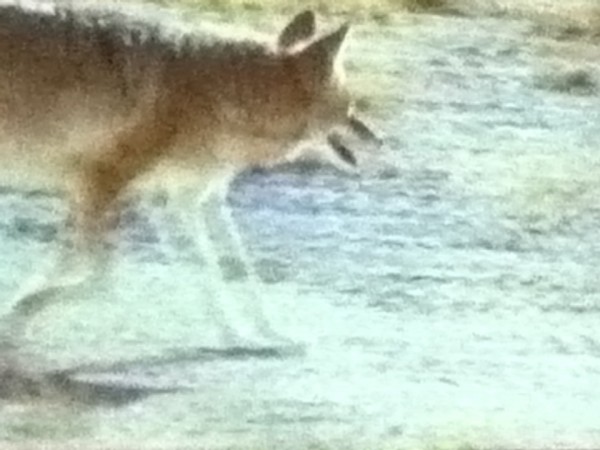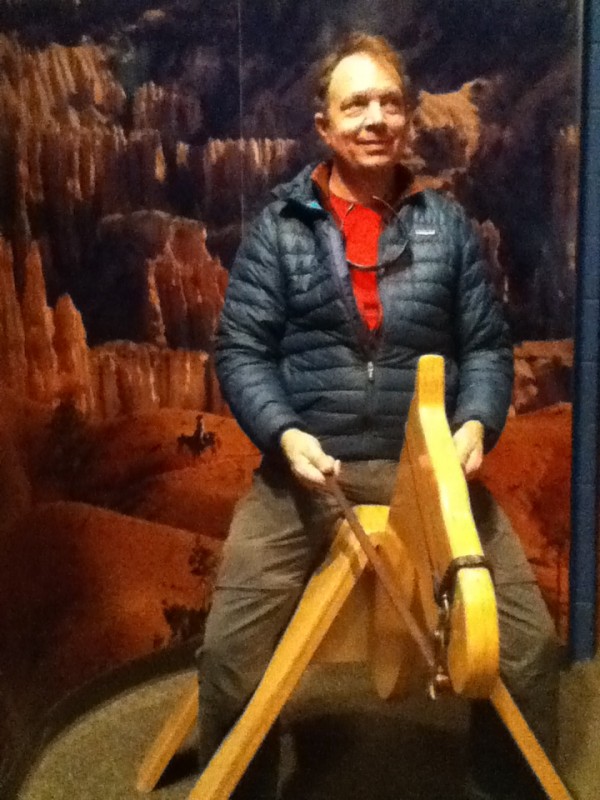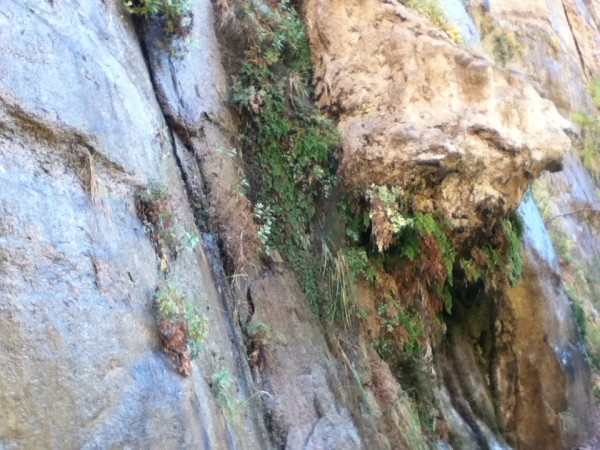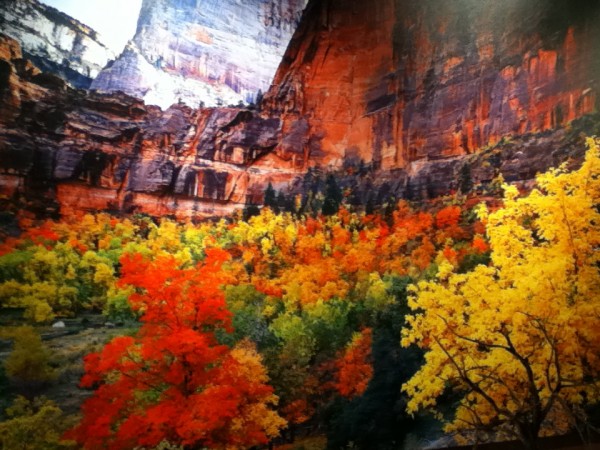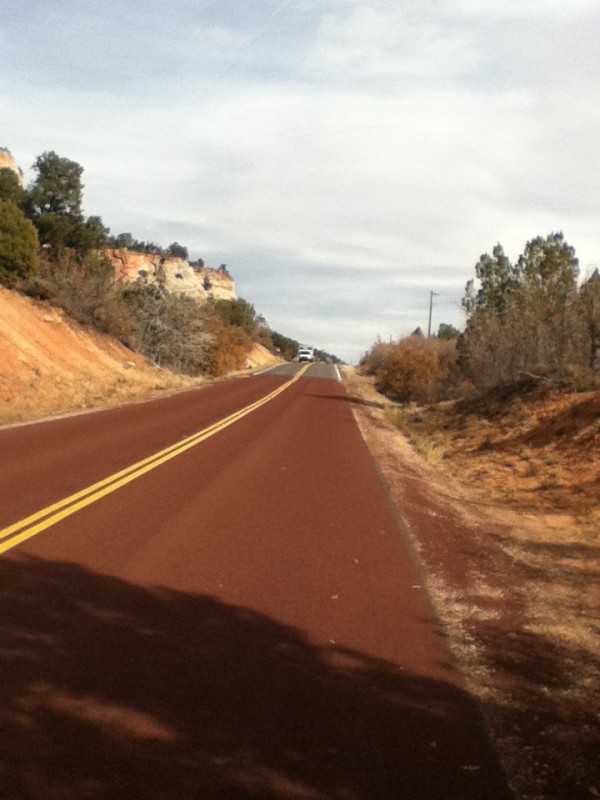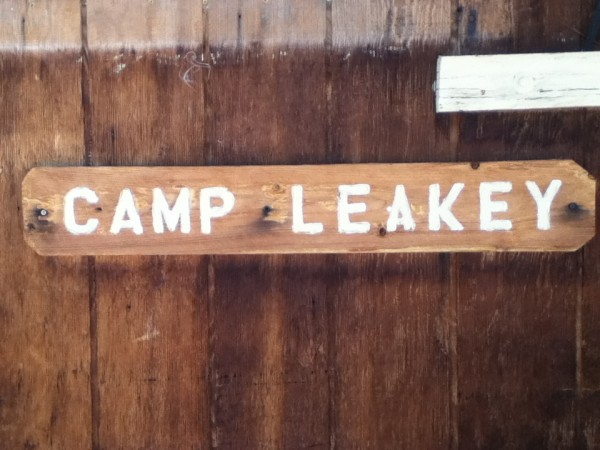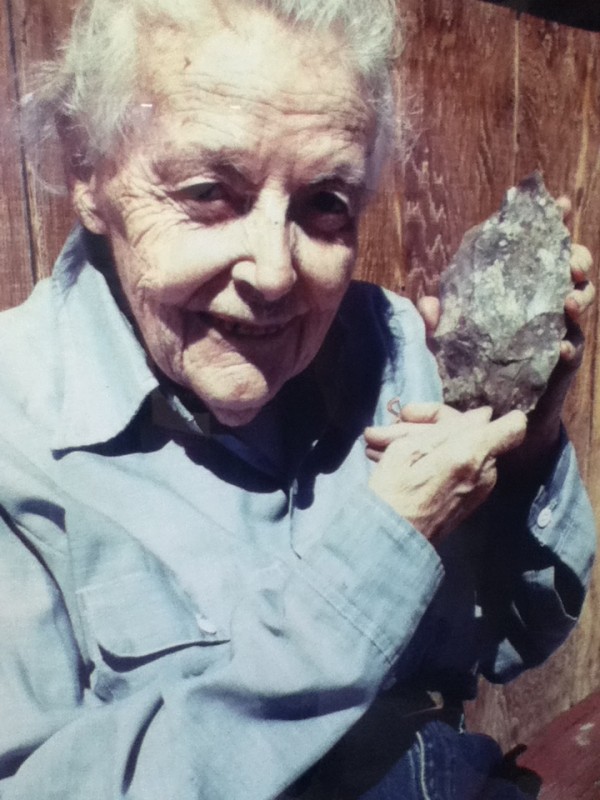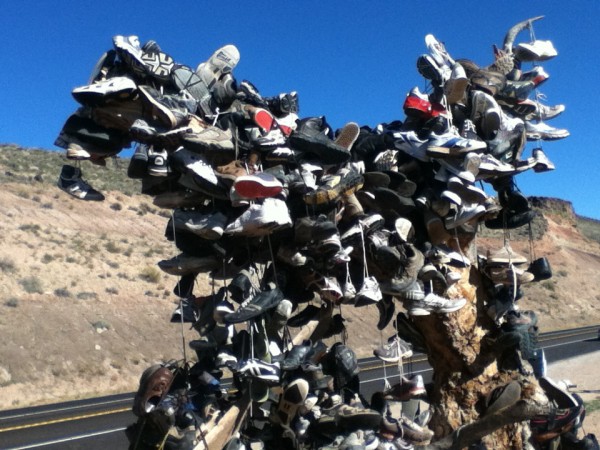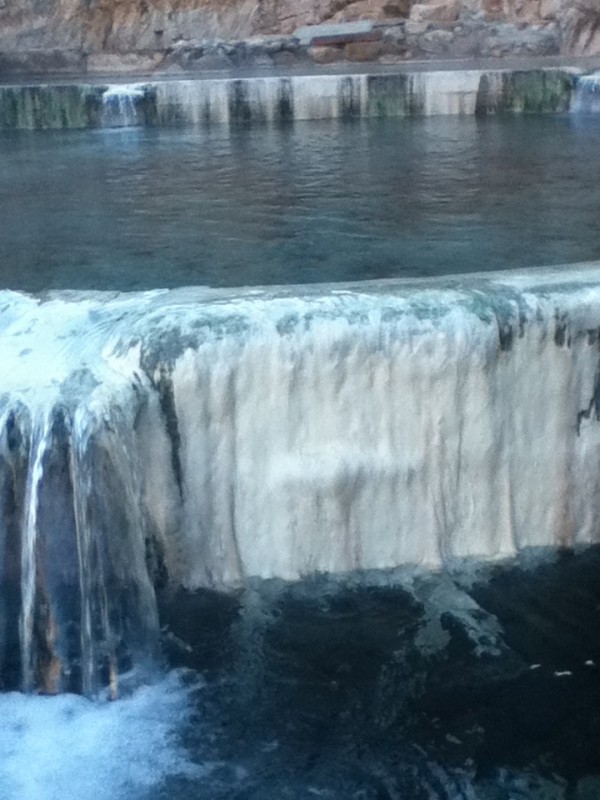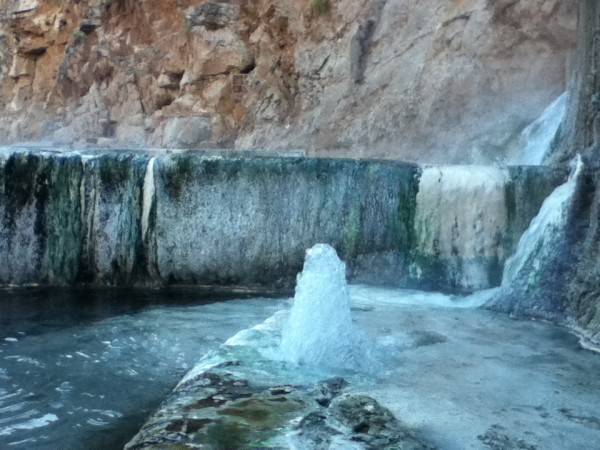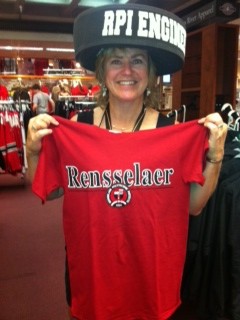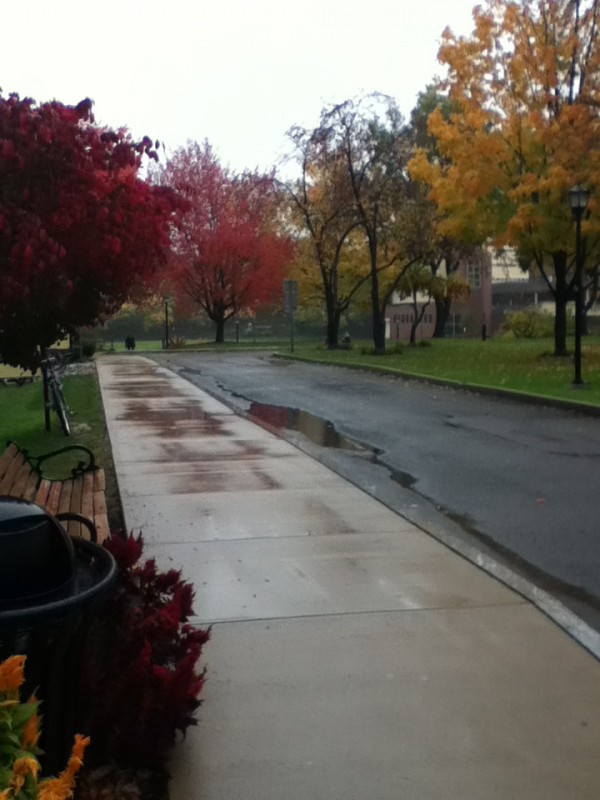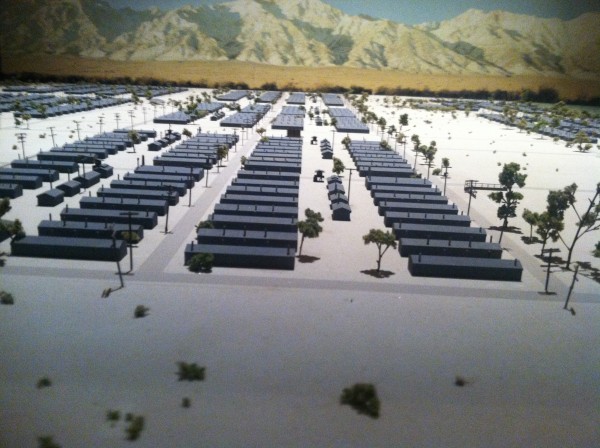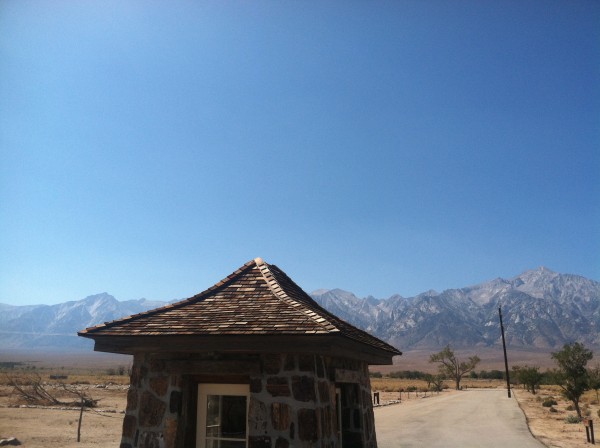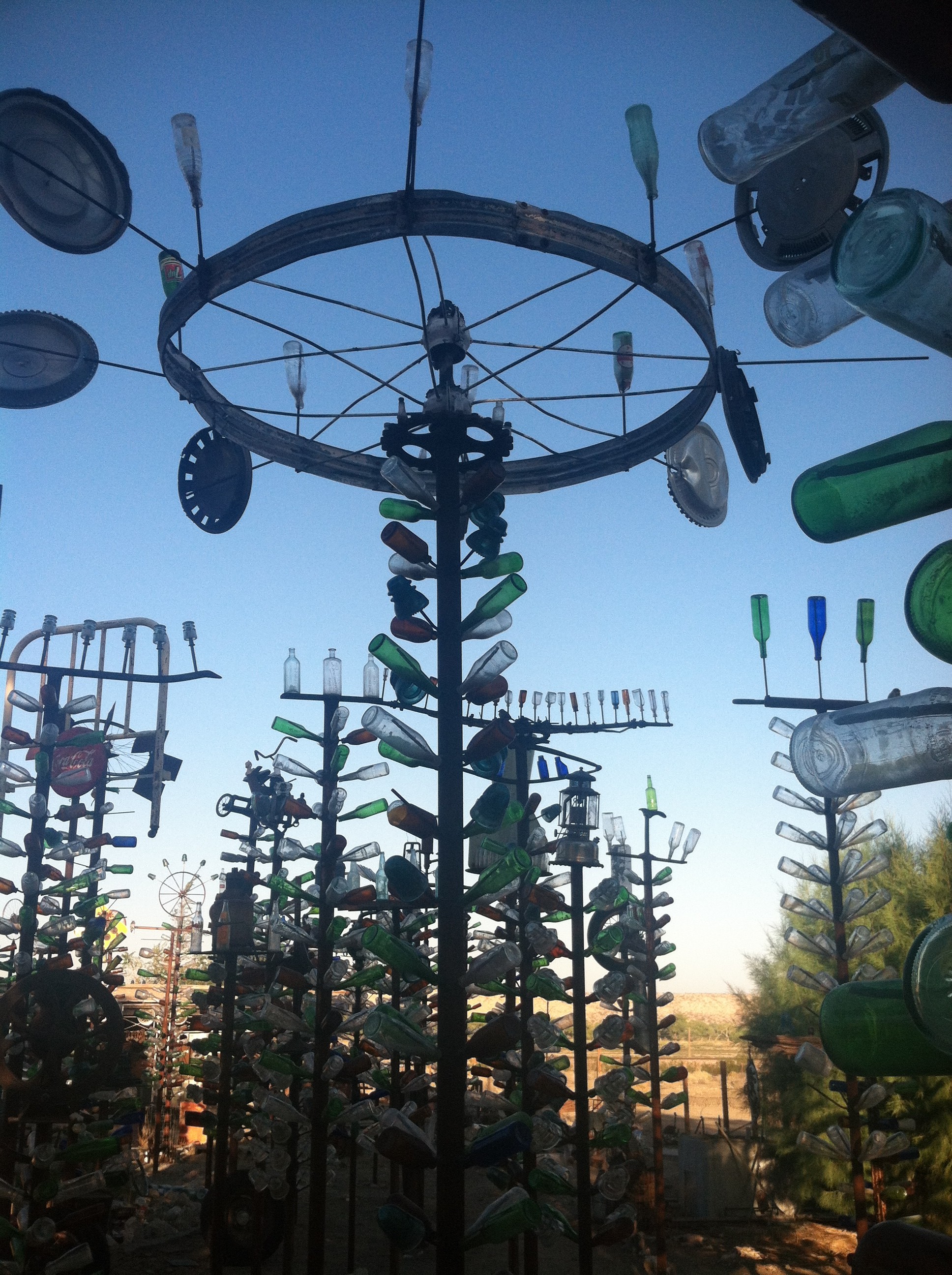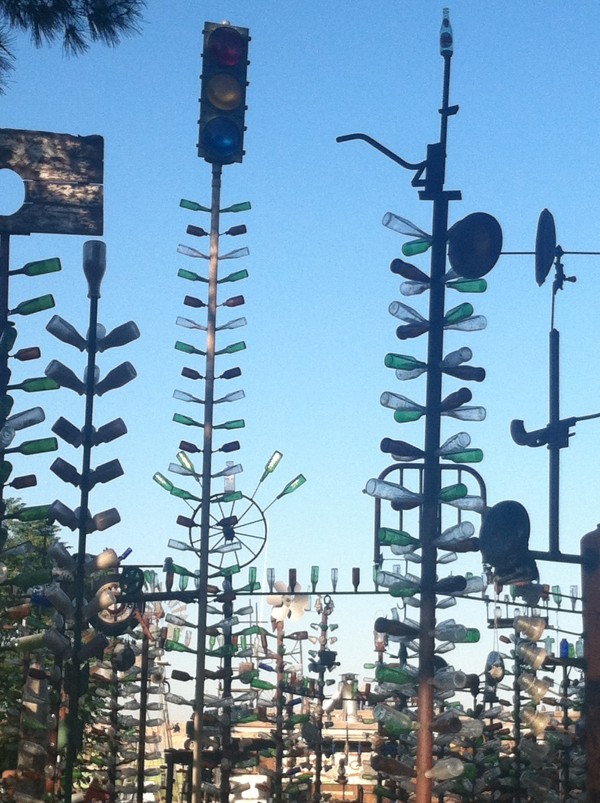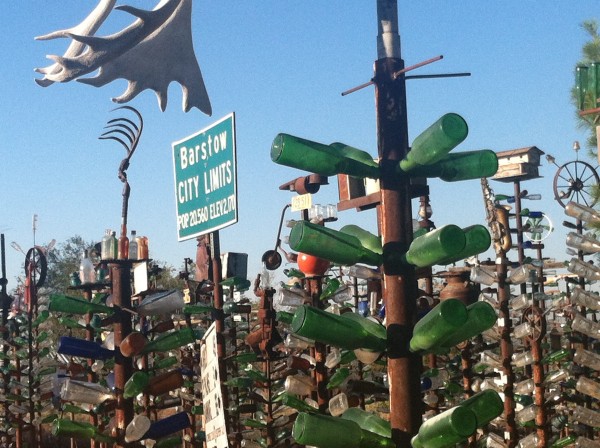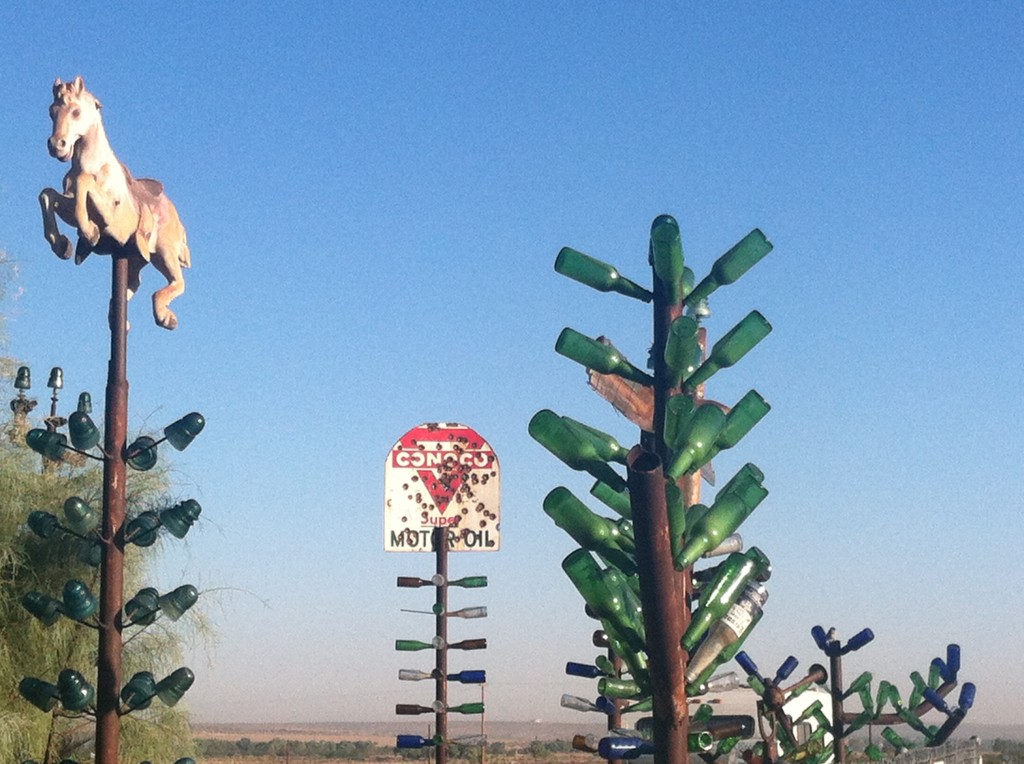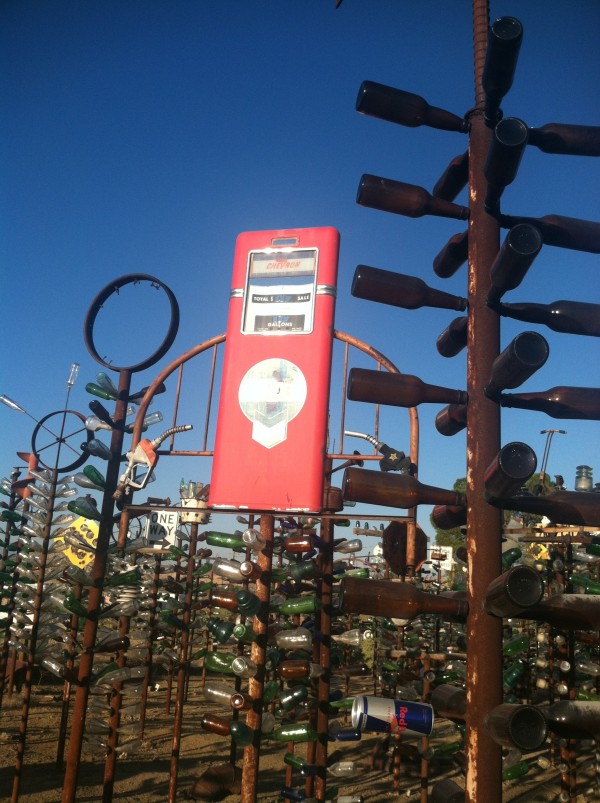I lived in Pasadena until I was 17. Visiting my mother here, gives us old and new venues to explore as she hosts us like visiting dignitaries. So many things here have gotten better over time (air quality, most of all) and some…well, not so much (like the traffic!). Some of the great old restaurants have been preserved, especially my old favorites like “Philippe’s French Dip Sandwiches”, where you share huge long tables on sawdust floors with all the other neighborhood folks. For jazz, cocktails and thick rare steaks, an old favorite, “Columbo’s” is still in business, although the onsite owner/manager just died two weeks ago at age 99.5, so some changes may be afoot. For new establishments, I had better Vegan food than Berkeley or SF offers, at “My Vegan” in Pasadena. That was just the food part (Thanks, Ma!). The Arts are thriving here as well:
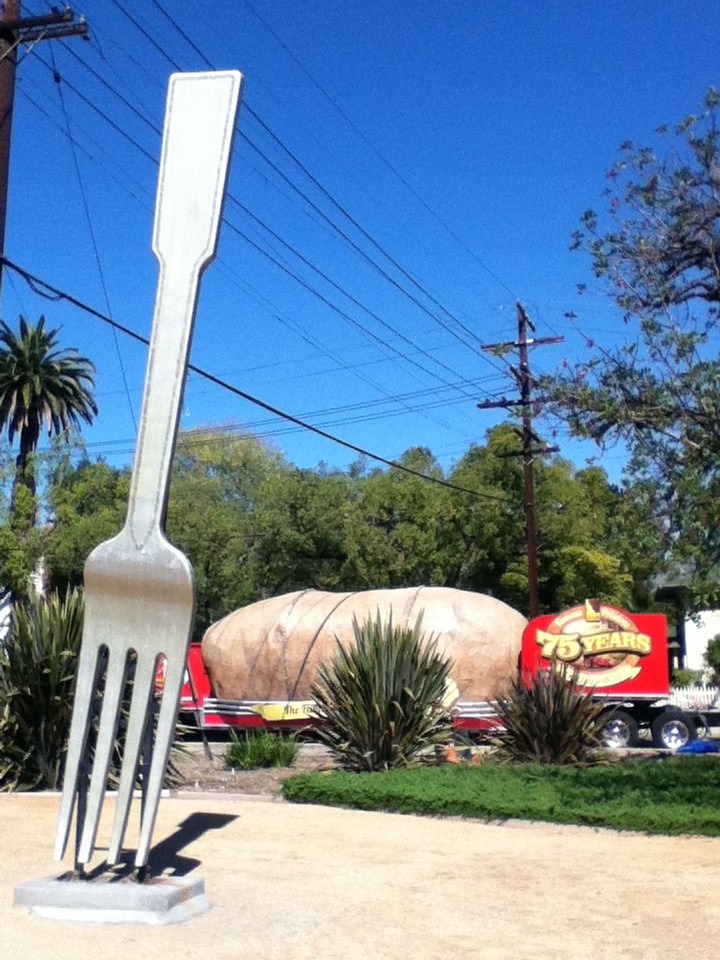
“FORK IN THE ROAD”, was a guerrilla public art installation, where an abandoned freeway extension left a weedy bare lot, splitting traffic exiting and entering the freeway ramps. Although the City of Pasadena removed it as a hazard, the public outcry forced the City to replace it with a permanent installation and recognize the affiliated charitable group collecting food for the hungry. Today, there was a one day visitor….a 6 ton sculpture of a baked potato chained onto a flat bed truck! The Meals on Wheels organization and 75th Anniversary of Potato Grower’s Association teamed up to tour this sculpture across the country, doing a food collection. Lucky us, we got to see a unique pairing of Pasadena food and art …and get rid of the creamed corn and mushy peas we still can’t figure out why we bought in the first place!)
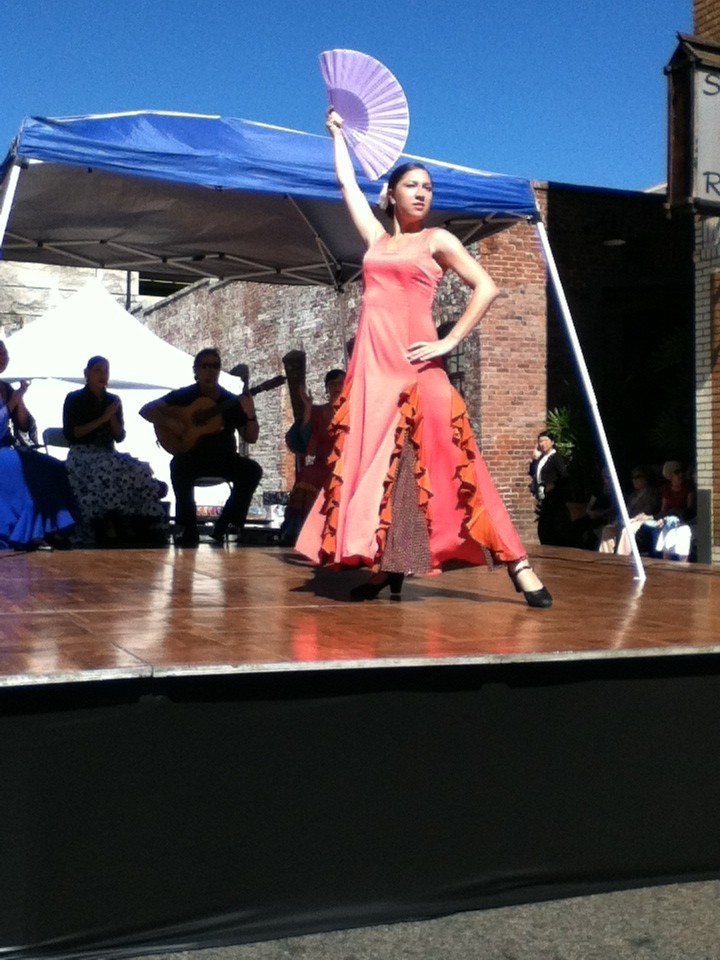
ART WEEKEND @ PASADENA is a free, twice yearly event that encompasses so many venues that 3 shuttle bus loops leave from City Hall to showcase exhibitions of art/dance/music/food trucks in every part of the City. Although we only visited Art Center College of Design (for commercial art training), the Armory, Side Street Project (teaching math to 3rd graders by building art), and Norton Simon, it was an overload for the senses..and this was just Friday night! The weekend proceeded with food trucks, outdoor concert and art venues, including an ethnic dance festival, with great flamenco guitar and dancing.
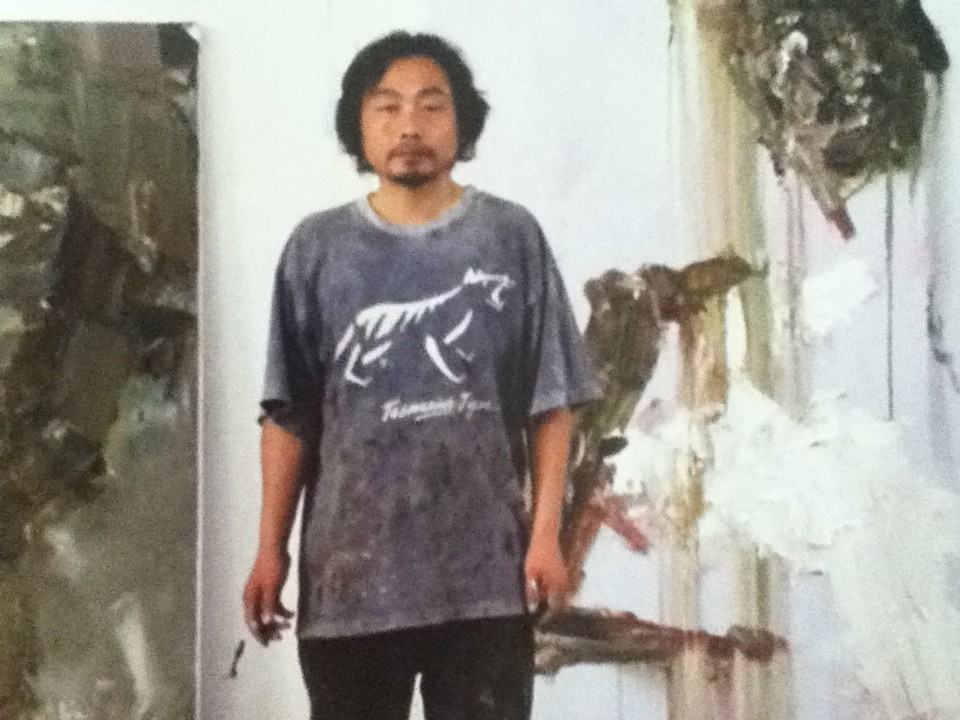
ART PLATFORM is an annual event. The major galleries each feature one of their showcase artists. Usually Downtown, this year in a hangar at the Santa Monica Airport, we met painter Cheng Ping, with Geffen, Downtown. (Chinatown has more than 100 artists showing in the galleries there, so there is no need to go to Culver City to find the LA Art Scene). Born in Beijing, residing in Tasmania, Ping’s work is often abstracted expressions of animals in nature. Our featured photo at the top, “Myth of the Mountain and Sea-Flying Beast”, stood out at this event as, “intensely painted”, with visible brush strokes, smears and scraping, creating great layering and depth. Extraordinary, among the field of clean, stylized, digital photo-based painting and collage. Ping was the exciting contemporary artist, in a field of modernists.
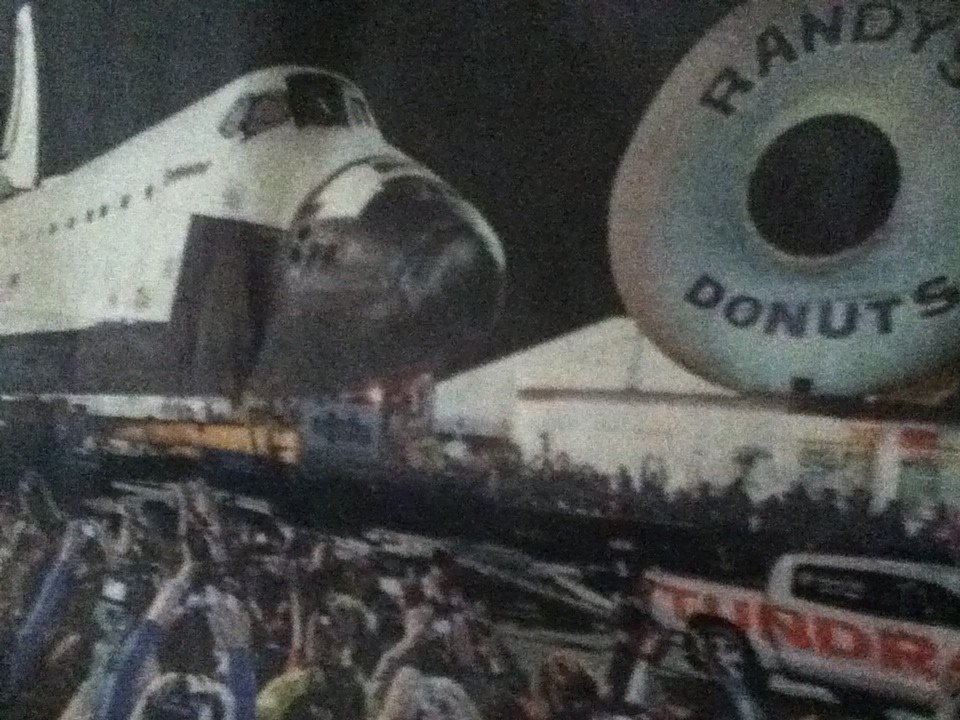
What a great art week in Pasadena and Downtown LA and all these great events were eclipsed by the biggest conceptual art event of the year..THE SPACE SHUTTLE, 900,000 pounds, on 160 wheels moving through Downtown Los Angeles! Rolling past an enormous Donut in the dark, it was part of a truck commercial. How fun it that? How La-La is that?
Posted from Pasadena, California, United States.
34.1406082-118.1678543

